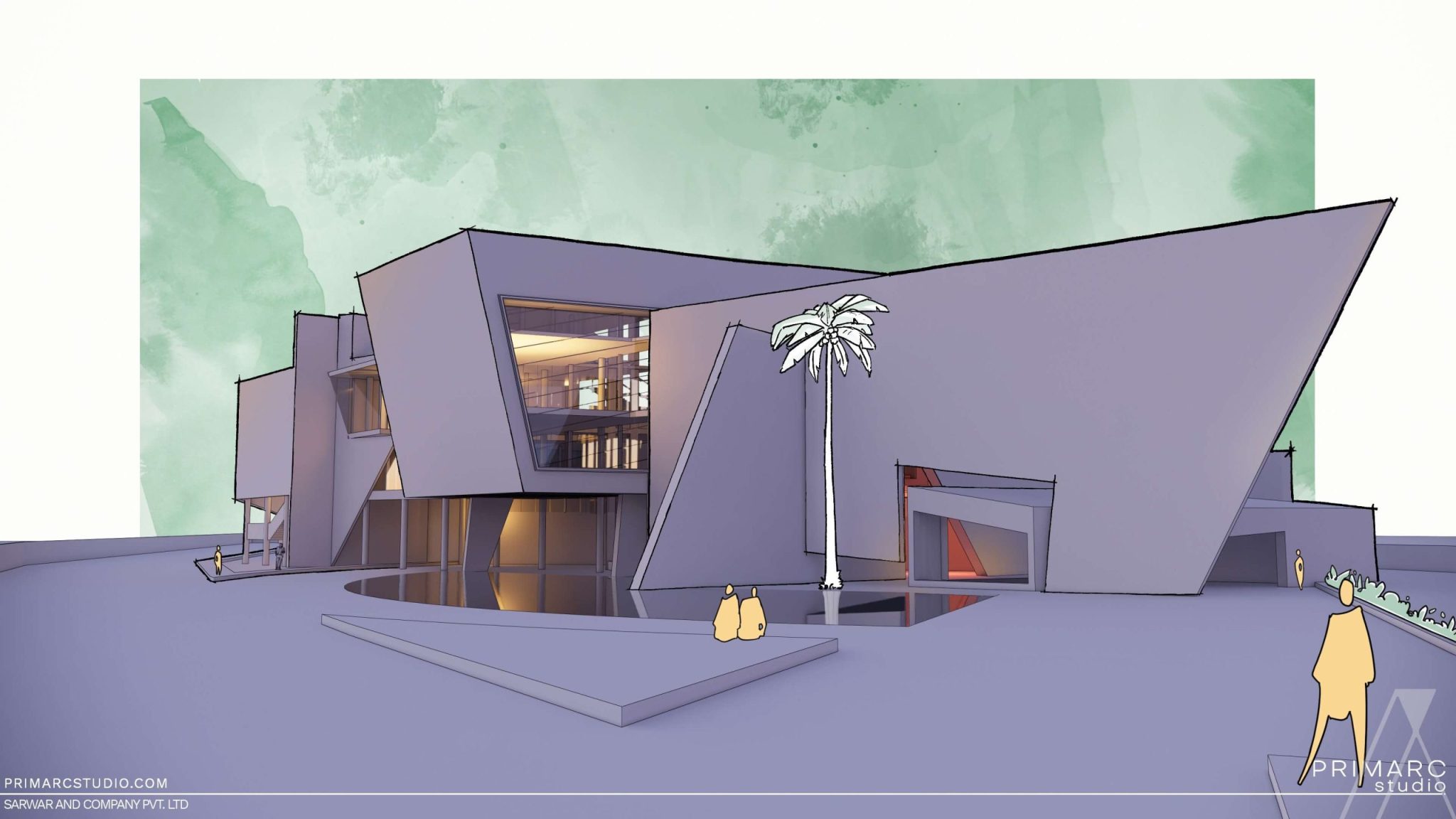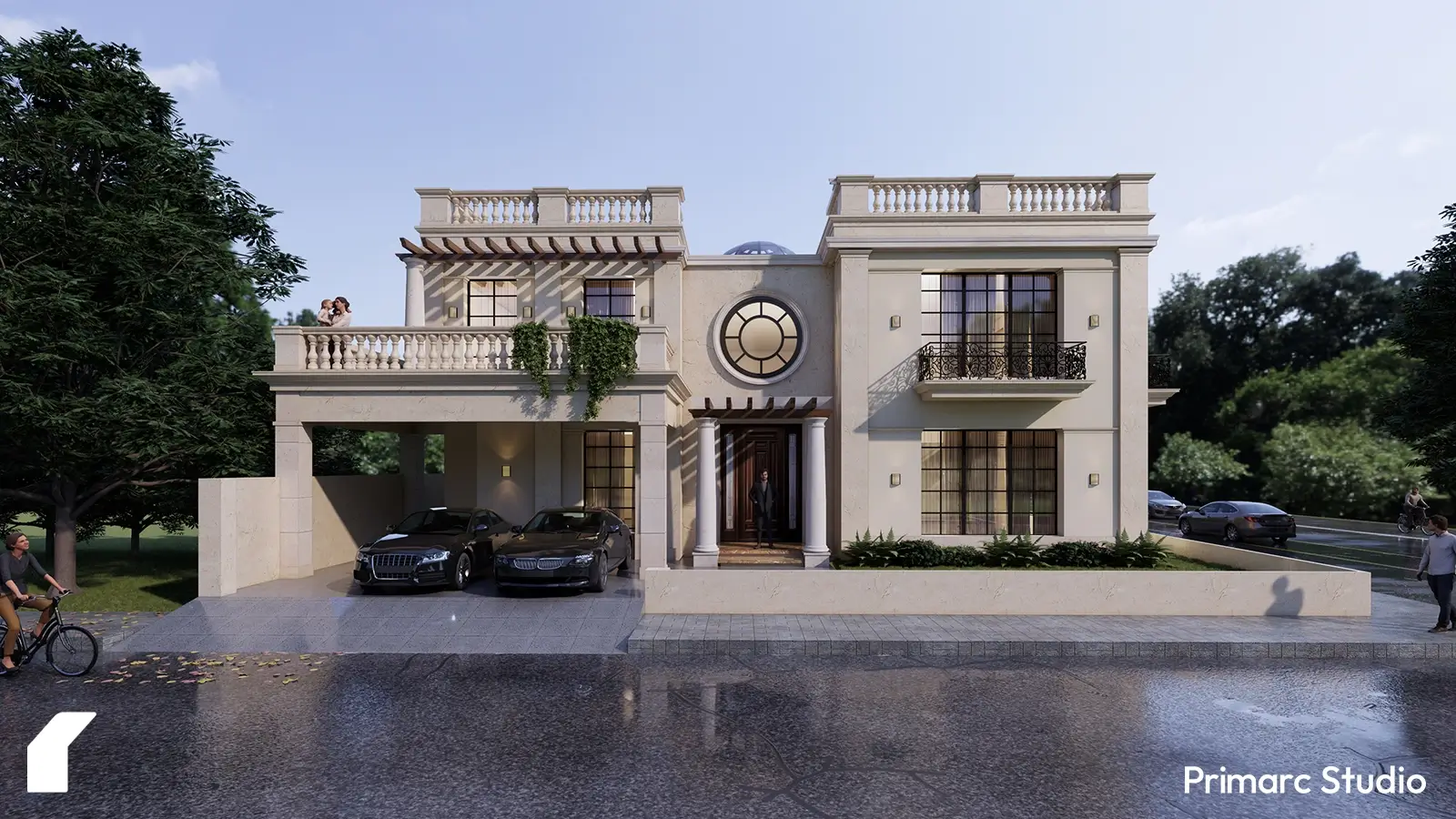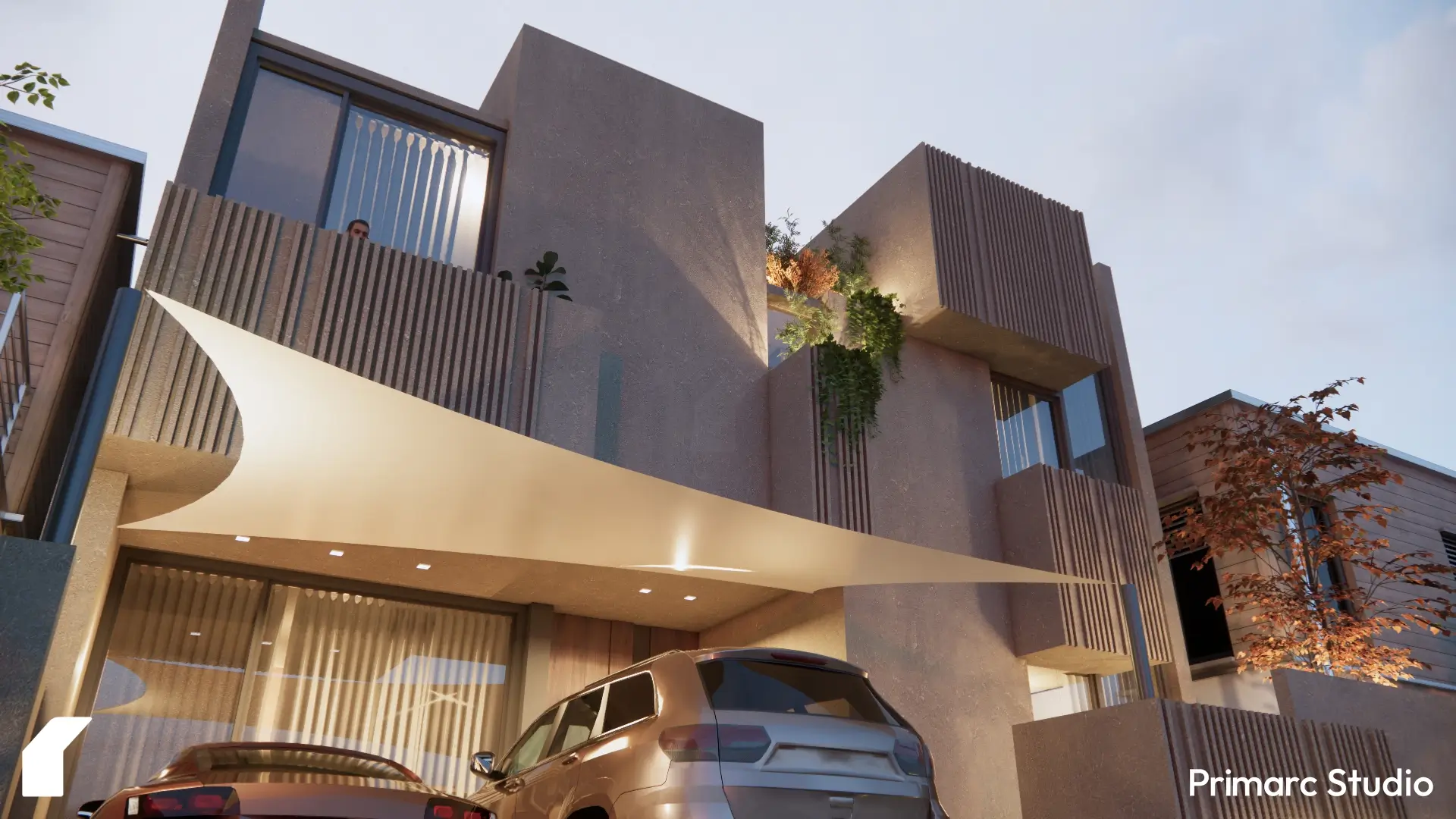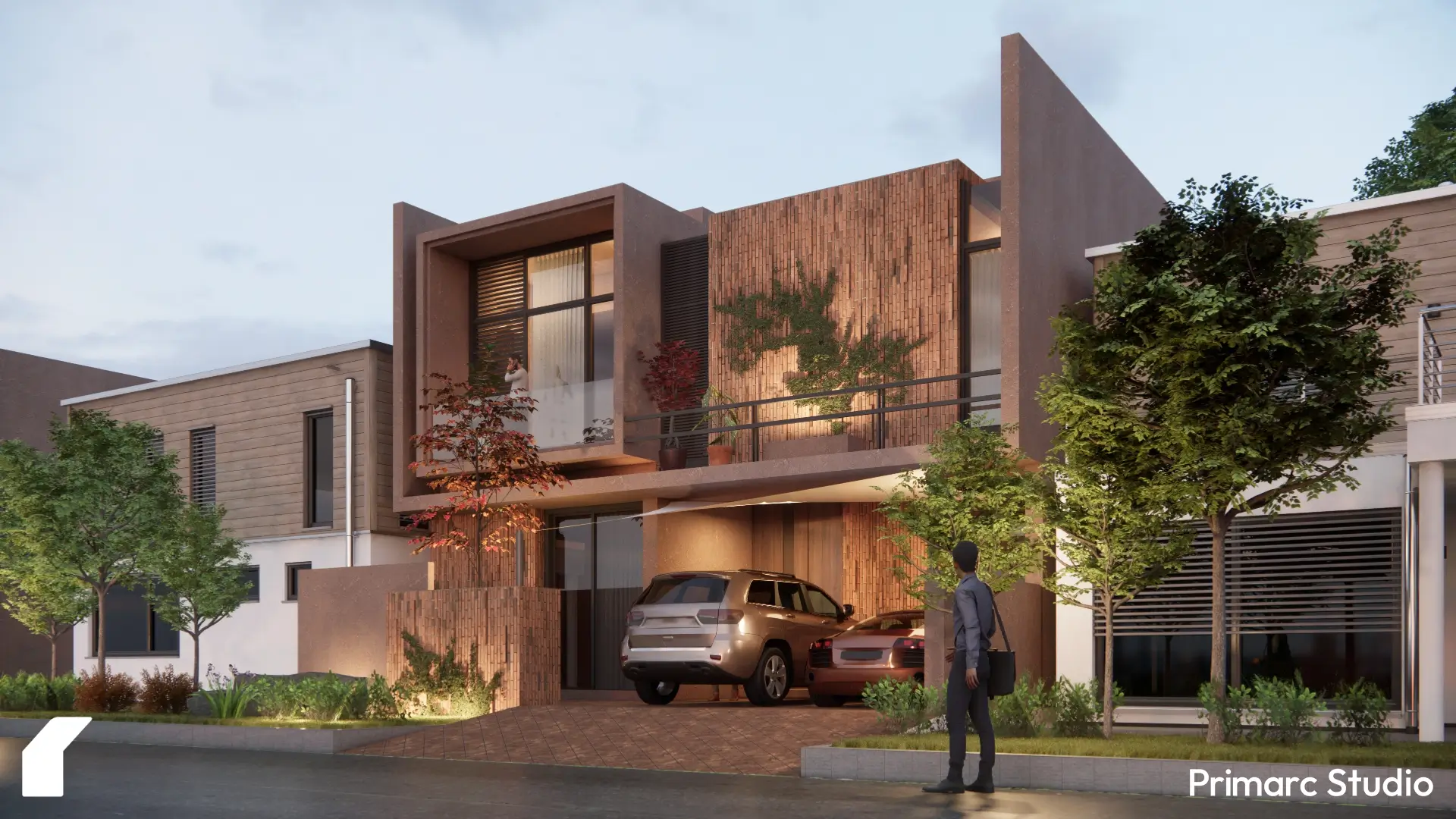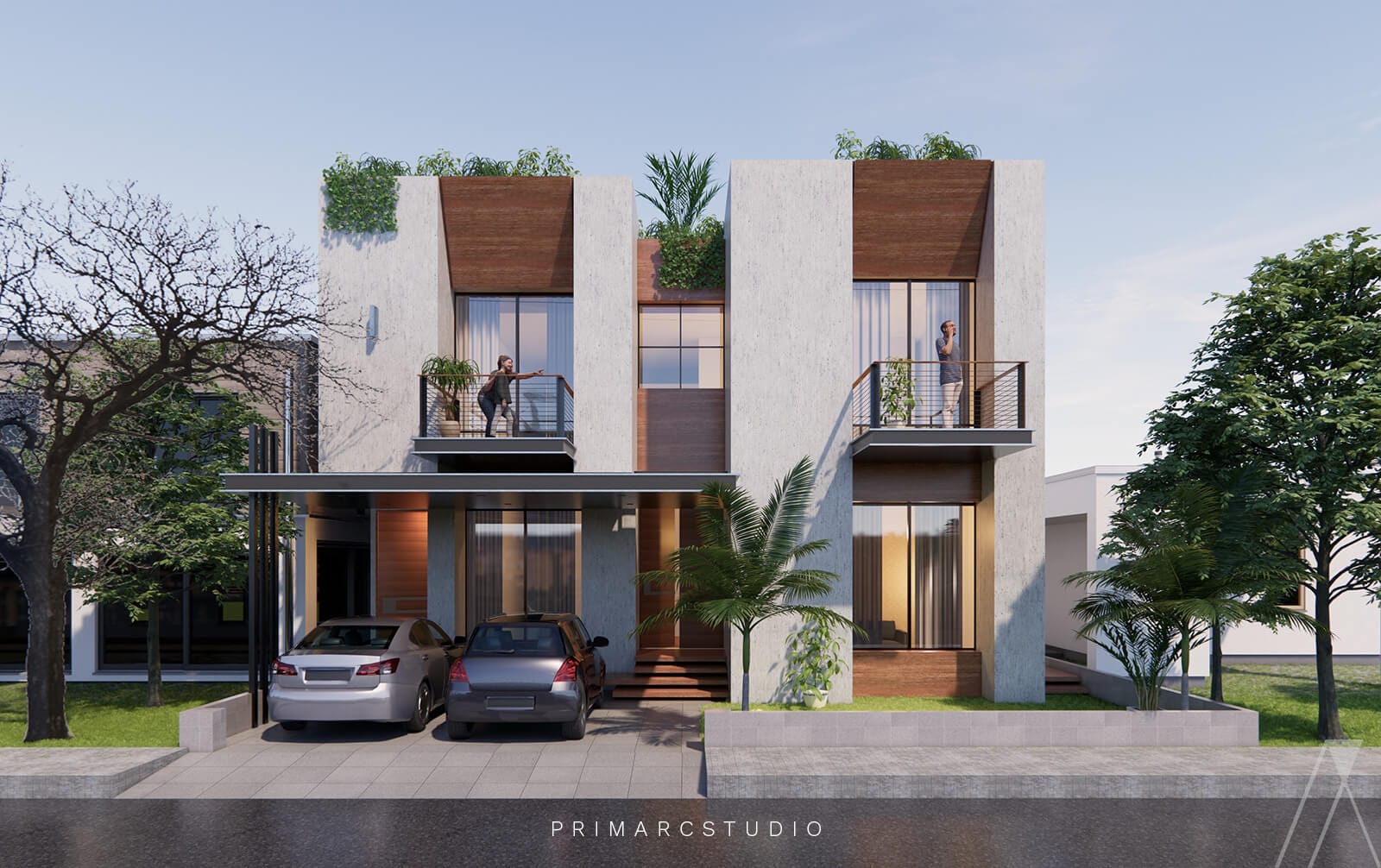Key Highlights
- Architects design and oversee, while contractors build and execute.
- Architects need licensing, while contractor licensing varies by state.
- Both architects and contractors are well-versed in local building codes and regulations.
Contractors and Architects 101: Exploring Key Contrasts
Embarking on a construction process in the construction industry, whether building a new home or undertaking a significant renovation, often involves two key players: architects and contractors. While both are essential to realizing your project’s goals, their roles differ significantly. Understanding these distinctions is crucial for effectively navigating the complexities of construction and ensuring the overall success of the project, especially for those new to the process.
Defining the Roles: Contractor vs. Architect
Architects are the visionaries behind any construction project. They transform ideas and needs into tangible blueprints. Their expertise lies in design, ensuring aesthetic appeal blends seamlessly with functionality while adhering to safety regulations and building codes of the local authorities. They can also act as project managers throughout the design phase and often oversee aspects of the building process, including essential site visits. If there is any change needed during the construction process they issue any other drawings needed, or if someone needs extra detail regarding the building process, they issue those details in drawings and clarify those drawings also.
Contractors, on the other hand, are the builders, and a professional who oversees and manages the entire construction process of projects. They are responsible for coordinating various aspects of a build and ensuring the project stays on schedule. They take the architect’s blueprints and, using their knowledge of construction techniques and project management, bring the vision to life. This involves coordinating various skilled tradespeople such as plumbers, electricians, and carpenters to execute each stage of the project.
There are two main types of contractors: general contractors and specialty contractors. General contractors handle the entire project, from start to finish, while specialty contractors focus on specific areas, such as plumbing, electrical work, or HVAC.
The Architect’s Vision: From Concept to Blueprint
The architectural firm you choose will be instrumental in shaping the final product. Their role begins with understanding your vision, needs, and budget, as well as defining the project’s goals. This collaborative process involves translating your ideas into preliminary sketches and, eventually, detailed blueprints. They consider factors like natural light, traffic flow, and spatial efficiency to ensure a harmonious balance between aesthetics and practicality.
Beyond the overall design, architects also carefully select materials and finishes that contribute to the desired aesthetic and meet the functional needs of the space. These blueprints serve as the construction project’s roadmap, outlining everything from the layout and dimensions to the materials and finishes to be used.
The architect’s role extends beyond design. They ensure the design adheres to local zoning laws, building codes, and safety regulations. This meticulous planning during the design process helps prevent costly revisions and delays during the construction phase. Increasingly, sustainability and sustainable design are paramount in architectural practices. Architects incorporate eco-friendly materials, energy-efficient design elements, and sustainable construction practices into their designs, aiming to minimize the environmental impact of the building process.
If you want to learn more about architects and their fees, click here.
The Contractor’s Groundwork: Bringing Designs to Life to subcontractors
While the architect develops the vision, it’s ultimately the contractor’s responsibility to bring that vision to life—on time and within the overall budget. This requires a deep understanding of the architect’s plans and specifications, combined with seasoned construction project management skills. With the blueprints in hand, the contractor steps in to manage the physical construction. Their expertise lies in understanding construction documents, managing construction workers, and ensuring each stage of the build adheres to the architect’s specifications.
Contractors are responsible for obtaining the necessary permits, coordinating subcontractors, procuring materials, and maintaining a safe and organized job site. They troubleshoot unforeseen challenges that might arise and keep the project on schedule and within budget. In essence, contractors are the hands-on managers who turn the architect’s vision into a tangible reality throughout the entire process.
The Intersection of Art and Practicality
The success of any construction project hinges on the balance between creative vision and practical execution. Architects provide the artistic direction, ensuring the success of a project aligns with the client’s aesthetic preferences and functional needs. However, it’s the contractor who ensures this vision translates seamlessly into a structurally sound and practically livable space.
This intersection of art and practicality requires effective communication and collaboration between the architect and contractor. Both must be on the same page regarding the design intent, potential challenges, and any necessary adjustments throughout the building process.
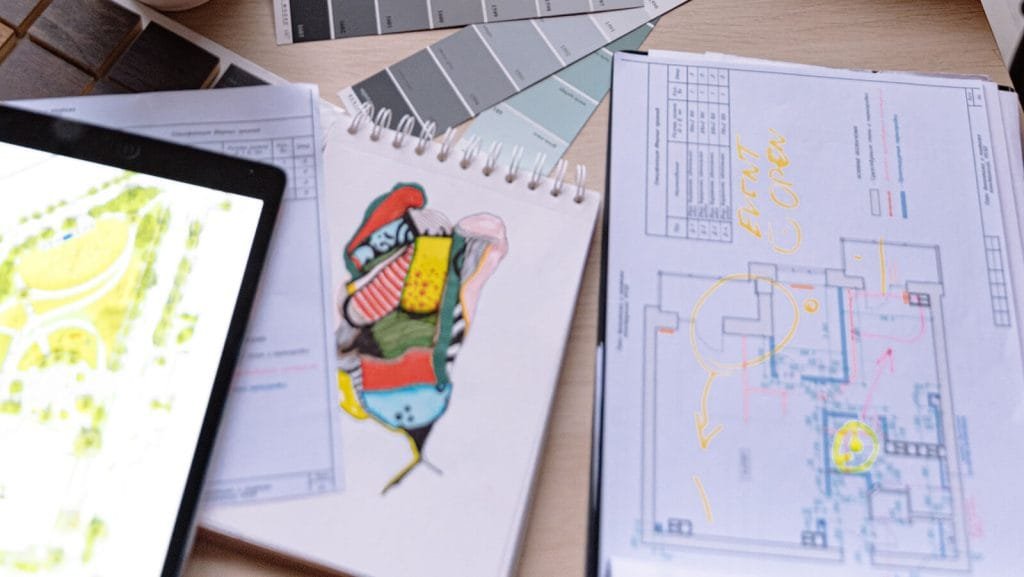
Navigating the Legal Landscape with Architect and Contractor
Construction projects in the United States and similarly in Pakistan are subject to many legal and regulatory requirements, and both architects and contractors play vital roles in ensuring compliance. Architects, with their knowledge of zoning laws and building codes, ensure the design meets all legal standards. Contractors, in turn, are responsible for securing the necessary permits and ensuring the construction process adheres to these regulations. There are many instances with the permits that contractor have to get, which owner can themselves get those too.
Pros of an Architect
Architects bring a wealth of benefits to your construction project, mainly due to their specialized skills and expertise. Some of the pros include:
- Design innovation: Architects excel at transforming your ideas into unique and functional spaces, optimizing aesthetic functionality and flow.
- Project vision: They offer a comprehensive perspective, ensuring all aspects of the design, from aesthetics to functionality, align with your vision and project goals.
- Code compliance: Architects are well-versed in building codes and regulations, ensuring your project meets all legal requirements and minimizing potential issues during the building process.
Cons of an Architect
While architects are invaluable assets to building projects, there are a few potential drawbacks to consider. These can include:
- Project budget: Architect fees can impact your overall project budget, typically ranging from 5% to 20% of the total cost.
- Timeline: Custom designs, while ideal, can sometimes extend the project timeline compared to using pre-existing plans.
- Limited practicality: In some cases, architects may prioritize design aesthetics over practical considerations, which can lead to challenges during construction or result in a less functional space.
Pros of a Contractor
Contractors bring a unique set of skills and expertise to construction projects that are crucial for successful completion. Some of the key advantages include:
- Construction management: Contractors excel at managing all facets of the building process, including coordinating subcontractors, scheduling, and ensuring work progresses efficiently.
- Budget management: With their knowledge of construction costs, contractors can provide accurate estimates, manage expenses, and strive to keep the project within your budget.
- Timeline efficiency: Contractors are skilled at setting realistic timelines and managing workflows to ensure projects are completed as scheduled.
Cons of a Contractor
While contractors are essential for successful builds, some potential cons come with hiring a contractor. These include:
- Subcontractor variations: The quality of work can vary depending on the subcontractors the contractor chooses. It’s wise to discuss their preferred subcontractors beforehand.
- Communication challenges: Clear communication is crucial, and misunderstandings between the contractor and client or architect can lead to costly mistakes or delays.
- Project details: While contractors generally strive to meet the project’s needs, they may not always prioritize finer details or aesthetics in the same way an architect might, so clear communication is essential.

How to Choose the Right Contractor
Once you’ve decided to hire a contractor, it’s essential to select one who is qualified, experienced, and reputable. Here are some key factors to consider:
Experience and Qualifications: Look for a contractor with a proven track record of successfully completing projects similar to yours. Check their references and ask for examples of their work.
Licensing and Insurance: Ensure that the contractor is licensed and insured to operate in your area. This will provide you with protection in case of any accidents or disputes.
References and Reviews: Ask for references from previous clients and read online reviews to get a sense of the contractor’s reputation.
Communication and Collaboration: A good contractor should be able to communicate effectively and work well with you and other professionals involved in the project.
By taking the time to research and interview potential contractors, you can find a partner who will help you achieve your construction goals and ensure a smooth and successful project.
Beware of Free Architecture Design Offers
Some contractors may offer free architecture design as part of their services. However, it’s important to be cautious, as these offers may come with hidden costs or limitations. Contractors who prioritize construction over design may not provide the same level of attention to detail as a dedicated architect.
Ultimately, the decision of whether to hire an architect or a contractor depends on your specific needs and preferences. By carefully considering these factors, you can choose the professional who is best suited to help you achieve your construction goals.
In conclusion, understanding the distinctions between contractors and architects is crucial for any construction project’s success. Architects bring creativity and vision to the design phase, emphasizing aesthetics and functionality. Conversely, contractors play a vital role in materializing these visions, ensuring compliance with building codes and safety standards. While architects offer innovative designs, contractors excel in executing plans efficiently. Balancing artistry and practicality, a collaborative effort between architects and contractors can lead to remarkable results in construction projects. Knowing when to engage each professional is key to achieving your project goals effectively.
Frequently Asked Questions
Q: When should I hire an architect vs. a contractor?
The decision of whether to hire an architect, a contractor or both often hinges on the project scope, design complexity and personal preferences. Projects involving extensive design work, considerable size, or alterations to existing structures benefit from an architect’s expertise. For smaller renovation projects where design is not a primary concern, hiring a contractor may be sufficient.
Q: Can architects and contractors work on projects together effectively?
Absolutely! In fact, a successful project often depends on the effective collaboration and open communication between architects and contractors. When both parties share a common goal, respect each other’s expertise, and work together to solve problems, the project runs smoothly, and the outcome reflects a unified vision.
Q: What should I look for in a good contractor?
A good contractor should be experienced, licensed, insured, and have a good reputation. They should also be able to communicate effectively and work well with you and other professionals involved in the project. Additionally, a reputable contractor will provide you with a detailed contract outlining the scope of work, timeline, and costs.

For ideas for your project, you can view our portfolio. If you want to work with the best, you can view our process or contact us right away and find out more about how we can help you design your next dream project.




